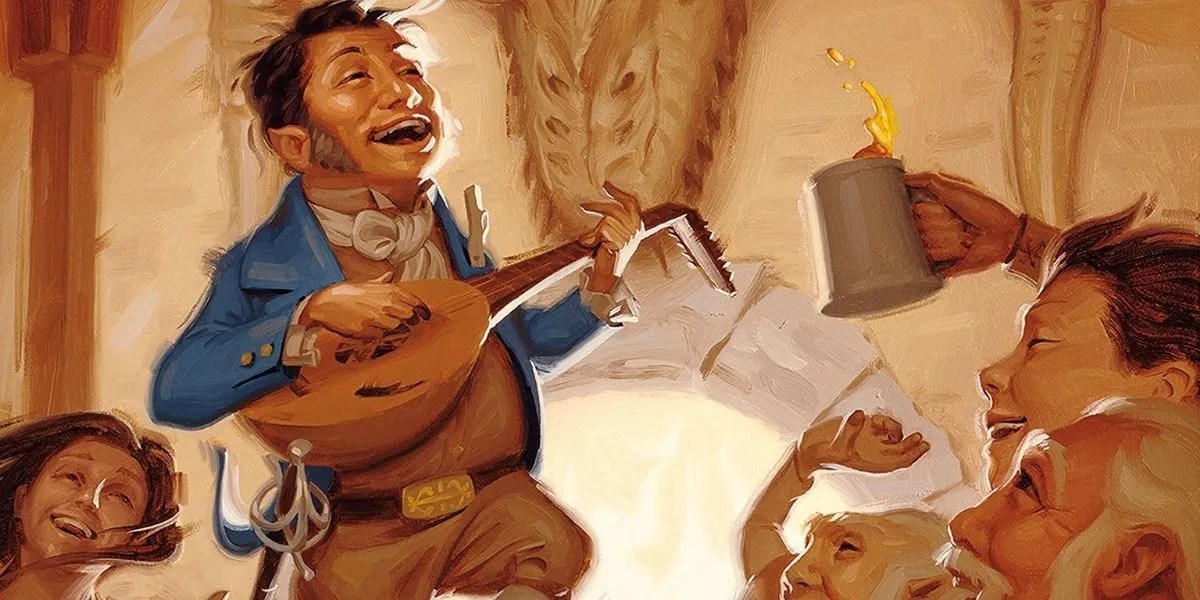Role-playing games are often associated with computers and consoles these days, but the table-top version ofDungeons & Dragonsis thriving in spite of modern competition. In these days of finding things to do at home with the family or roommates, the world of TTRPGs has only expanded to include a whole library that includes volumes of adventure modules, inventories of gear, and spell scrolls from every school. Many epic stories have come from the most humble of homebrewed roots, but even the most badass level 16 character had to start somewhere.
RELATED:Dungeons & Dragons: Tips for New Players
There’s so much to consider when outfitting each individual character that it’s easy for even experienced players to feel overwhelmed. The starting equipment available will depend on a number of different factors, but there are some universal traits that all classes share, and keeping this in mind helps narrow down the myriad of choices available when it comes to starting equipment for each class.
Factors That Determine Starting Equipment
The Game Module
Where and when a character starts in theD&Duniverse is going to determine the nature of some of their starting equipment. It used to be thatD&Dwas narrowly focused on a European fantasy aesthetic, but that was literally decades ago. Thechoices of setting forD&Dmodulesincludes a myriad of choices now and there’s nowhere that today’s adventuring party can’t end up. The stats of most starting weapons and armor is generally going to be the same regardless of their design aesthetic anyway.
The Dungen Master
During the gaming session, the Dungeon Master is the God of the Universe. What starting equipment every player gets will ultimately be determined by them, and sometimes players can start with nothing at all and have to acquire their starting gear as part of the story. On the other hand, if players have problems or questions about their starting equipment, they can get help by working with the DM. Considerations for homebrews or multi-class equipment choices are also something the DM will have to approve.
The Character’s Class and Level
The term “starting equipment” brings to mind level-one characters that are fresh off the creation sheet, but this isn’t always the case. There are plenty ofD&Dmodules that aren’t designed for new characters. Instead, these are intended for those that have leveled through other adventures and usually include the options of rolling a new character at an advanced level.
In this case, the starting equipment will share a few basic characteristics when it comes to building a class even if some of the details aren’t exactly the same. Anything with a Good Luck buff is ideal for any class at any level, and classes like Rangers and Rogues have basic equipment like Rogue’s Tools from level one. It’s important to remember that choices will vary for multi-class or homebrewed classes.

RELATED:Dungeons and Dragons: Tips on Being a Successful DM
Barbarian
Bard
RELATED:Dungeons & Dragons: Best & Worst Things About Playing A Bard
Druid
Fighter
RELATED:Dungeons & Dragons: The Best Weapons For Fighters (& Where They’re Usually Found)
Paladin
Ranger
RELATED:Dungeons & Dragons: Skills Every Ranger Should Know (& Others To Avoid)
RELATED:Dungeons & Dragons: Most Useful Warlock Spells
Wizard
MORE:Dungeons & Dragons: Everything New In The Wild Beyond The Witchlight








